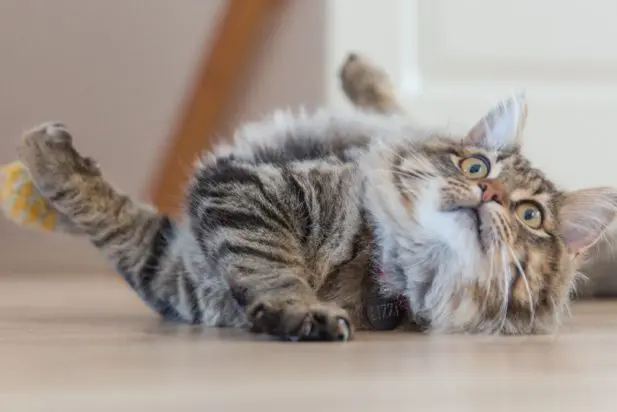If you’ve spent more than an hour on the Internet in your lifetime, there’s a good chance you’ve seen a meme. Those silly photos or illustrations with a short snippet of text, often dripping with sarcasm and littering your social media feeds – those are memes. Younger supporters love them, and they’ll add a touch of humor and humanity to any blog or social media post.
However, there is a bit of a double-edged sword that comes with using a meme. If you don’t quite understand how to use memes, you could lose some internet credibility and end up looking like an over-eager parent. But lucky for you, we’re here to help you avoid any embarrassing scenarios. The bottom line is, if you don’t understand the meme enough to use it authentically, it’s better to avoid that meme altogether.
That being said, memes can humanize your organization, give your supporters a good laugh, and have the capability to go viral. Want to let people know about an upcoming event? Say it in a meme. Apply for a grant and actually get it? Meme! Find a way to connect your nonprofit to pop culture? Make it a meme.
To help you take advantage of all the possibilities, we put together some tips on how to use memes correctly on your nonprofit’s blog or social media channels.

Get to know Your Memes
Like we mention above, memes can leave a bad taste in the mouths of your internet-savvy supporters if you’re not sure of the meaning behind them. To avoid this, do a little bit of research before you make your meme. The differences between success kid, insanity wolf and hey girl memes are pretty vast. Usually, a quick Google image search will be enough to get you acquainted with the typical uses of any particular meme.
The following options are great to check out if you’re only just getting acquainted with the world of memes.
- Success Kid – Something great happens
- Unpopular Opinion Puffin – An opinion most people disagree with
- First World Problems – Small inconveniences blown out of proportion
- Hey Girl – A headshot of Ryan Gosling being incredibly considerate
- Philosoraptor – Pondering the whys of the world
- Actual Advice Mallard – Useful information or life hacks
Write a Short and Funny Message
The well-known memes (such as the examples above) often have a more standard voice and formatting. If you’re planning on using one of those, try to match the examples you find in your research stage.
You don’t want to cover up the image too much, so you want to be as concise as possible without leaving out the joke. Remember, these are meant to be funny! That being said, be careful approaching any topic that you would not want to poke fun at. You want the content of the meme to be appropriate for your cause and not step on the toes of any supporters.
Even with such a small amount of text, it’s important that the meme fits both within the context of the particular blog post and the overarching voice of your organization. There’s no point in including a meme simply for the sake of showing off your new skill. For example, it wouldn’t really make sense to include a meme about all the food trucks that will be parked at your next event within a blog post summarizing a new research report in your nonprofit’s field. When using memes (and images in general), the goal is to make them as cohesive as possible.
Make the Meme
It’s finally time to make this thing! There are a few websites that will create memes for you, allowing you to either select or upload an image, add two lines of text and pop out the finished jpg. I like using memegenerator.net. You can also put a meme together yourself with a photo editing program like Photoshop or Pixlr.
Basically, you’ll need a photo (babies and animals are always big hits) with a line of text at the top and bottom, as demonstrated above. For the photo, you can select an established meme or get creative and start your own.
Post It
It’s finally time to share your creation with your supporters and the world. Obviously, you’ll place it within the content of the blog post you made it for. But if the content makes sense on its own, you can also share it other places. Post it to the social media channel of your choice for a fun spike in likes and shares.
Memes are a fun and different way to raise awareness for your nonprofit. Knowing how to use memes can be a great skill to keep in your back pocket. When done correctly, they can do wonders to lighten the mood and get people talking about your nonprofit. Plus, the internet loves them!
Do you know how to use memes? Have you tried out a meme on your nonprofit’s blog or social media? Have a favorite meme to share? We’d love to hear from you in the comments.

Helpful article. I wonder if memes will become unpopular. Probably not any time soon. Also a really high portion of world’s information has been passed on by memes. I mean on average a person has read thousands of memes in his/her life.
Great point, Max! I don’t see memes as a whole waning in popularity in the near future either, but specific memes and their uses tend to follow the times. They’re excellent for conveying humor or sarcasm around a situation, often providing information on the situation it’s addressing at the same time.